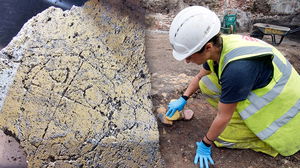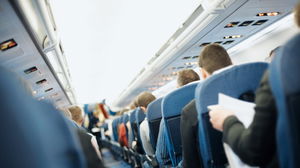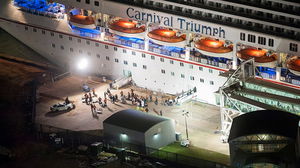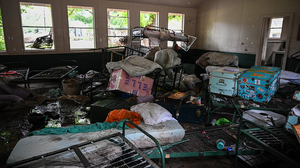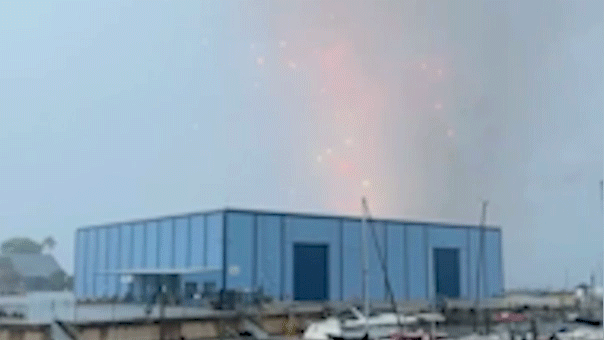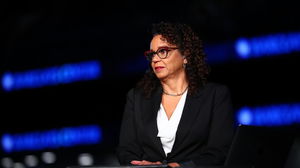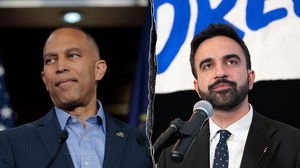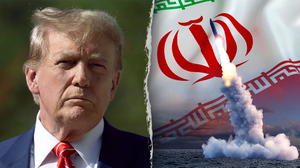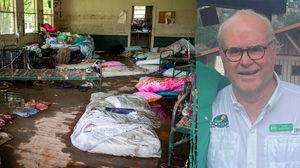Ireland’s tourism sector is under mounting pressure this year as it faces a convergence of escalating challenges, including overdependence on US visitors, rapidly increasing operational costs, and widespread staffing shortages across the hospitality industry. These factors are straining profit margins, affecting service delivery, and threatening long-term sustainability, according to Fáilte Ireland’s latest industry outlook. While growth remains possible, the report highlights an urgent need for diversification, value-based strategies, and workforce stabilization to navigate the evolving landscape and safeguard Ireland’s competitiveness as a global travel destination.
Ireland’s tourism industry stands at a pivotal juncture as it contends with mounting operational challenges and international uncertainty, particularly stemming from the United States—its single largest overseas market. According to Fáilte Ireland’s most recent industry outlook, published in April 2024, the year ahead is expected to deliver moderate but stable performance, with 2026 projected to offer opportunities for further growth. Yet, beneath this optimistic surface lies a host of structural pressures that demand urgent attention.
As global economic headwinds gather pace and U.S. policy unpredictability influences traveler behavior, Ireland’s dependency on American tourists is now a growing concern. The report paints a complex portrait of the nation’s visitor economy—marked by price-conscious consumers, squeezed profit margins, fluctuating occupancy rates, and ongoing workforce challenges.
A key takeaway from the report is Ireland’s increasing vulnerability due to its reliance on U.S. visitors. While American tourists have consistently been among the top spenders and most frequent international guests, Fáilte Ireland highlights the dangers of over-concentration. Unpredictable political shifts and economic decisions in the United States are already impacting travel sentiment and may further disrupt transatlantic travel flows.
With travel policies and visa procedures undergoing frequent changes, the sustainability of U.S. visitor numbers is uncertain. This has led Irish tourism authorities to renew efforts to target alternative source markets in Europe and Asia while encouraging deeper engagement with domestic travelers.
The report underscores intensifying financial pressures across the Irish tourism ecosystem. Operators in the accommodation and attraction sectors report that growing input costs—driven by inflation, energy prices, and labor shortages—are threatening profitability. Many businesses are reluctant to raise prices, fearing that doing so could further erode their competitiveness in a highly price-sensitive market.
Indeed, a significant number of tourists—especially from long-haul destinations—have begun expressing concerns about value for money. Hoteliers across Ireland, from major cities to rural areas, are adjusting pricing strategies to remain viable while avoiding the loss of market share.
Several hotel owners have even been compelled to lower their rates after observing booking cancellations and declining occupancy due to pricing constraints. In a hospitality market where average room rates have soared in recent years, this downward adjustment reflects the delicate balance between maintaining margins and preserving guest volumes.
In tandem with cost challenges, staffing shortages have emerged as a critical barrier to operational stability. The Fáilte Ireland report reveals that many tourism providers are grappling with retention issues, limited access to skilled labor, and increased reliance on casual or part-time employees. These workforce dynamics are affecting service quality, employee morale, and the ability to scale operations during peak demand periods.
This issue is not confined to seasonal fluctuations; it now represents a systemic problem across the sector. Businesses face ongoing difficulties attracting and retaining full-time staff, particularly in rural destinations where employment alternatives are limited.
As a result, workforce planning, training, and labor market support have become central to the sector’s resilience agenda. Without a stable labor force, the ability of operators to deliver consistent visitor experiences will remain compromised.
Despite these challenges, the accommodation sector continues to experience pockets of strong performance, albeit unevenly. Some properties, particularly in high-demand urban centers like Dublin and Galway, report healthy bookings and robust occupancy rates. In contrast, other locations—especially in regional counties—face significantly lower demand.
Notwithstanding the current headwinds, investor confidence in Ireland’s hospitality sector remains robust. The report notes that capital investment reached an estimated €950 million in 2023—an extraordinary 170 percent increase compared to the previous year. This surge was driven by strong transaction volumes in hotels, aparthotels, and hostels, with over 7,200 new bed spaces under construction by year-end.
These infrastructure developments signal long-term confidence in Ireland’s tourism appeal, particularly as new properties seek to capture demand in both traditional and emerging visitor segments. Strategic investment in accommodation capacity, coupled with upgrades in transport connectivity and visitor services, is positioning the country for sustainable growth in the years ahead.
On the aviation front, Dublin Airport Authority (DAA) forecasts a five percent increase in seat capacity for the upcoming summer season. This anticipated rise follows a recovery trend observed throughout 2023, where carriers reported improved load factors and route reinstatements.
Aer Lingus, one of Ireland’s flagship carriers, has also recorded stable growth patterns. While short-haul bookings remain consistent, long-haul routes—particularly transatlantic flights—have seen a ten percent uplift in traffic. These developments support Ireland’s goal of restoring international air access, especially for long-distance travelers.
Such expansion is vital not only for tourist inflows but also for bolstering trade and business connectivity. However, the success of these efforts hinges on managing costs at both the airline and airport levels to ensure Ireland remains a competitive travel destination.
Among the most pressing issues highlighted in the report is the perception of value among foreign tourists. Feedback gathered from hospitality providers points to increasing scrutiny over pricing, especially when compared to other European destinations. For tourists coming from North America or Asia, Ireland’s price premium must be matched by exceptional service, unique experiences, and cultural depth.
Fáilte Ireland is now working closely with local businesses to reposition Irish tourism offerings through enhanced storytelling, diversified product development, and authentic local experiences. From heritage trails to eco-tourism and food tours, the focus is shifting toward curated value-driven propositions that justify the price point.
Ireland’s tourism sector enters 2025 with a cautiously optimistic outlook, yet it must address deep-rooted vulnerabilities to sustain momentum. Heavy reliance on American travelers, cost inflation, labor shortages, and regional disparities pose complex challenges that require innovative, coordinated responses.
While robust investment, expanding air connectivity, and consistent demand in urban centers offer reasons for confidence, the sector’s long-term success will depend on its ability to evolve. Diversifying source markets, improving workforce strategies, enhancing value delivery, and addressing regional imbalances will be key priorities moving forward.
The Irish tourism sector is under increased stress this year thanks to its over-dependence on American tourists, increased costs of operation, and growing labour shortage. These factors collectively are redrawing the future of the sector and necessitating expeditious responses in a strategic sense.
Fáilte Ireland’s proactive approach reflects its dedication to steering the tourism sector through current challenges while fostering a stronger, more inclusive and future-ready visitor economy. By turning challenges into catalysts for innovation, Ireland can not only protect but enhance its reputation as one of the world’s most welcoming and rewarding travel destinations.









